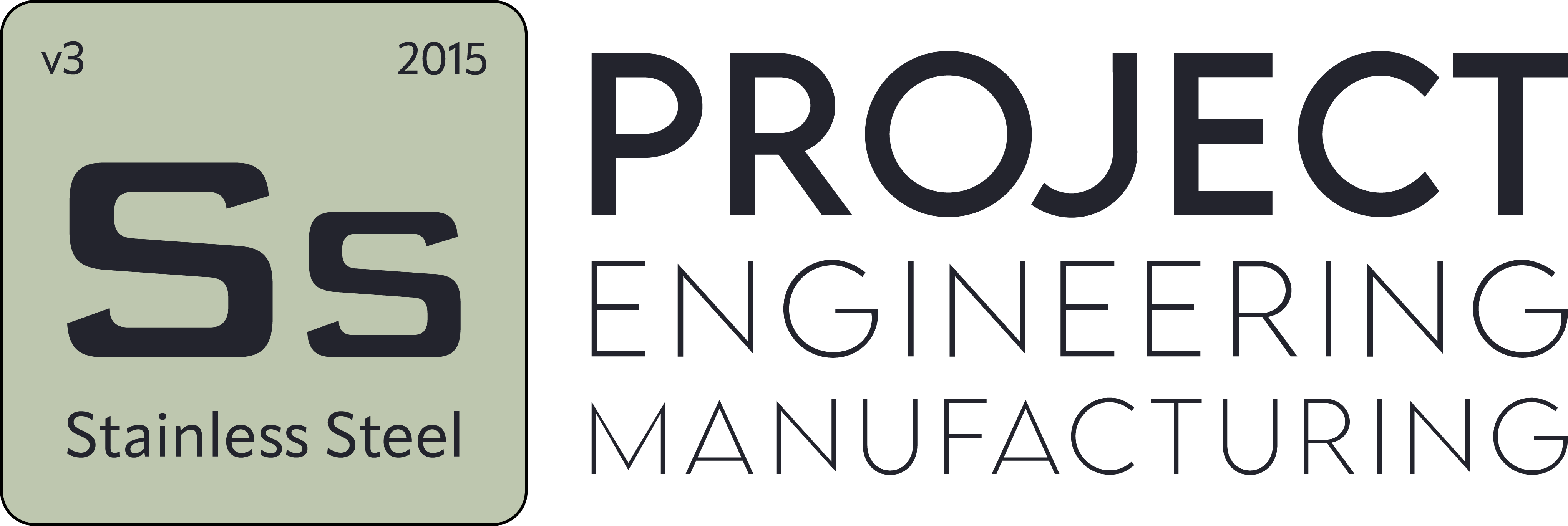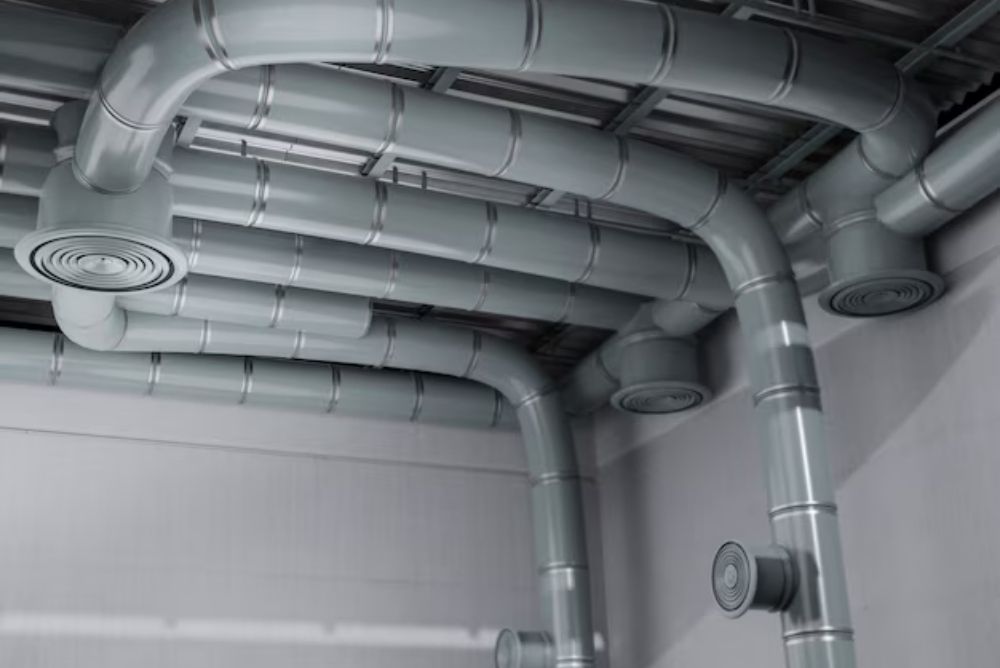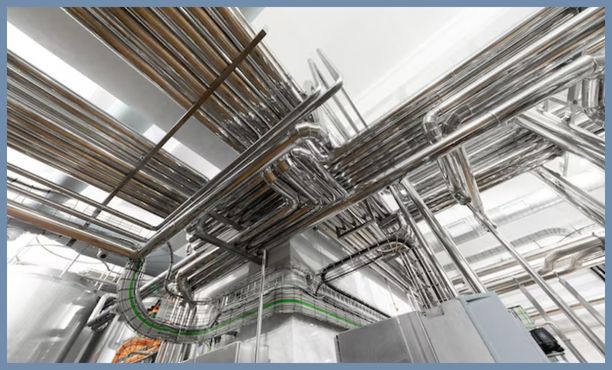Pure steam system maintenance
- Blog
- Pure steam system maintenance
Pure steam system maintenance
Pure Steam System Maintenance: A Comprehensive Guide
Pure steam systems are crucial components in industries such as pharmaceuticals and biotechnology, where high levels of purity are required. These systems ensure that steam is produced at a high purity level, free from contaminants, thereby maintaining the safety and efficacy of production processes. Proper maintenance of pure steam systems is essential to ensure system performance and reliability. This guide will explore the importance of pure steam system maintenance, key components, maintenance procedures, and other critical factors.
Introduction to Pure Steam Systems
Pure steam systems are designed to deliver steam with high purity standards, essential for critical processes like sterilization and high-precision manufacturing. These systems ensure that the steam used is free from microorganisms, chemical contaminants, and other impurities. The design, installation, and maintenance of pure steam systems must meet stringent standards to ensure operational effectiveness.
Importance of Pure Steam Systems
Pure steam systems are integral to various critical applications in the pharmaceutical and biotechnology sectors. Their significance includes:
-
Sterilization: Pure steam is used for sterilizing equipment and materials, ensuring microbiological safety and preventing contamination.
-
Manufacturing Processes: High-purity steam is required for manufacturing processes where purity impacts the quality and safety of the final product.
-
Equipment Protection: Pure steam can also protect equipment by reducing the risk of corrosion and scaling, extending equipment life, and minimizing maintenance costs.
Importance of Regular Maintenance
Regular maintenance of pure steam systems is vital to ensure the system’s efficiency and reliability. Neglecting maintenance can lead to system failures, performance degradation, and disruptions in production processes. The key objectives of regular maintenance include:
-
Preventing Failures: Regular maintenance helps identify and address potential issues before they lead to system failures, reducing unplanned downtime and repair costs.
-
Enhancing Performance: Maintenance ensures that the system operates at peak performance, contributing to efficient and uninterrupted production processes.
-
Extending Lifespan: Regular upkeep prolongs the lifespan of system components and ensures long-term reliability, providing a better return on investment and lowering overall costs.
-
Ensuring Safety: Proper maintenance ensures safe operation, protecting both personnel and equipment while minimizing contamination risks and adhering to health and safety standards.
Key Components of Pure Steam Systems
Pure steam systems consist of several critical components, each of which must function correctly to ensure overall system performance. Key components include:
Feedwater Treatment Units
Feedwater treatment units purify the water used in steam generation. These units typically include filters, water softeners, and chemical dosing systems. Regular maintenance of these units ensures that the water meets purity standards, affecting overall system performance and product quality.
Steam Generators
Steam generators convert purified water into steam. Maintenance of steam generators involves checking for scaling, inspecting heating elements, and ensuring accurate pressure and temperature controls. Efficient operation of steam generators directly impacts the system’s performance and steam purity.
Piping and Distribution Systems
Piping and distribution systems transport steam to various points of use. Regular inspection of pipes, valves, and fittings is essential to detect leaks and ensure efficient steam distribution. Any issues in the piping system can affect production processes.
Condensate Recovery Systems
Condensate recovery systems reclaim and reuse condensate to improve efficiency. Maintenance involves checking pumps, steam traps, and recovery tanks for proper operation. Effective condensate recovery reduces energy costs and enhances system efficiency.
Routine Maintenance Procedures
To maintain the efficiency of pure steam systems, routine maintenance procedures should be followed:
Daily Checks
Daily checks involve monitoring key parameters such as pressure, temperature, and flow rates. Regular observation helps detect immediate issues and ensures the system operates smoothly.
Weekly Inspections
Weekly inspections include checking filters, gauges, and valves for signs of wear or damage. Leaks and performance issues are addressed during these inspections. Weekly maintenance ensures ongoing system reliability and efficiency.
Monthly Maintenance
Monthly maintenance encompasses a thorough examination of all system components, including steam generators and condensate recovery units. Calibration of sensors and control systems is also performed. This maintenance level helps identify potential issues and maintain optimal performance.
Annual Overhaul
Annual maintenance involves a comprehensive review and overhaul of the system. This includes detailed cleaning, replacement of worn parts, and performance evaluation. Annual maintenance is crucial for long-term reliability and efficiency.
Cleaning and Sanitization
Proper cleaning and sanitization of pure steam systems are essential for maintaining system performance and microbiological safety:
Cleaning Protocols
Cleaning protocols involve thorough cleaning of all system components, including pipes, filters, and other critical parts. Regular cleaning removes contaminants and deposits, ensuring the system operates efficiently and meets purity standards.
Sanitization Procedures
Sanitization involves using chemical and physical methods to eliminate microorganisms. Sanitization procedures are critical for maintaining microbiological safety and reducing contamination risks. Effective sanitization supports system reliability and compliance with industry standards.
Component Inspections
Regular inspections of system components are crucial for early detection of potential issues:
Filters and Valves
Filters and valves are inspected for clogs or wear. Parts that need replacement are identified and addressed. Proper functioning of filters and valves is essential for system efficiency and reliability.
Steam Generators
Steam generator components such as heating elements, pressure, and temperature sensors are inspected regularly. Scaling and residue buildup are cleaned to maintain optimal performance. Proper maintenance of steam generators affects steam quality and system efficiency.
Condensate Recovery Units
Condensate recovery pumps, steam traps, and recovery tanks are inspected for leaks and performance issues. Effective operation of these components is vital for energy savings and system efficiency.
Preventing Failures
Preventing system failures involves proactive measures and regular maintenance:
Periodic Reviews
Periodic reviews of system components help identify potential issues early. Regular assessments ensure the system remains in good condition and operates efficiently.
Preventive Maintenance
Preventive maintenance includes scheduled component replacements and regular cleaning. This approach helps prevent failures and maintains system performance.
Training and Awareness
Training for maintenance personnel is crucial for effective system upkeep. Personnel should be knowledgeable about maintenance procedures and emergency response. Proper training ensures that maintenance tasks are performed correctly and efficiently.
Documentation and Record-Keeping
Maintaining detailed documentation and records is important for tracking maintenance activities and system performance:
Maintenance Records
Records of maintenance activities and part replacements are kept for future reference. This documentation helps track the system’s condition and plan future maintenance tasks.
Performance Reports
Performance reports are prepared and reviewed regularly. These reports assess system efficiency and effectiveness, providing insights for improvements.
Emergency Records
Records of emergency situations and responses are maintained. This documentation helps evaluate emergency management practices and prepare for future incidents.
Conclusion
Maintaining pure steam systems is essential for ensuring system performance and reliability. Regular maintenance, cleaning, component inspections, and staff training are critical for keeping the system in optimal condition. By following these practices, you can ensure uninterrupted production processes, high product quality, and long-term system efficiency. Proper maintenance not only extends the lifespan of the system but also helps reduce costs and enhance safety.



